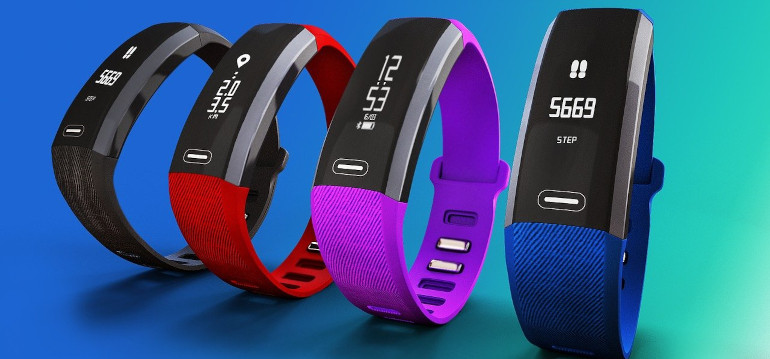Through the pandemic, people have become more health-conscious. Many are turning to wearable eHealth technology.
Growth in wearables is being driven by miniaturisation that enables manufacturers to embed smaller, smarter sensors into garments to track sleep or medical conditions; and by changes in consumer habits. eHealth technology is also affordable. If they monitor their own health and catch symptoms and illnesses, people can help protect themselves and keep healthcare costs down.
Ranjit Atwal, senior research director at Gartner, said. “The introduction of health measures to self-track COVID-19 symptoms, along with increasing interest from consumers in their personal health and wellness during global lockdowns, presented a significant opportunity for the wearables market. Ear-worn devices and smartwatches are seeing particularly robust growth as consumers rely on these devices for remote work, fitness activities, health tracking and more.”
In line with this, the analyst projects that worldwide spending on smartwatches will increase from an estimated $18.5 billion in 2018 to a projected $25.8 billion in 2021, and it expects sales to reach $31.3 billion by 2022.
Yet, it is not just the volume of wearable eHealth devices that is on the up. There has also been a widening in the range of health categories to encompass not only fitness, but also heart health, femhealth and mental health.
The various form factors include rigid, flexible, stretchable, thin and large-area. Generally, current wearables are using customised sensors developed to a standard design, but they may need to evolve to fit the many form factors of eHealth devices. For this, miniaturisation will be key. Additionally, silicon photonic integrated chip sets offer the promise to extend the longevity of wearables by prolonging battery life. All these elements are sensitive and require a flexible approach to liquid protection.
Wearable devices are often worn 24 hours a day and taken off only when charging is required. They are frequently worn during exercise, increasing risk of damage from sweat and during swimming, leading to further risk of water damage. Shower steam is another risk factor as are rain or humidity when devices are worn outdoors.
Designs need to be sufficiently robust to avoid excessive cleaning damage caused by users, a growing issue through the pandemic.
There are three broad options: mechanical sealing, individual component liquid protection, or coatings. Traditional liquid protection methods like mechanicals seals or conformal coatings are often unwieldy or unreliable and prone to cracking, delaminating and degrading. Mechanical seals are rigid and inflexible when protecting miniaturised components
In contrast, the latest nano coatings are flexible, reliable and ideal for providing effective water protection to wearable devices. These coatings offer robust protection plus protection to internal electronics against corrosion or damage from cleaning agents such as IPA.
The importance of repairability
It is also important that eHealth devices and solutions that protect them from liquid damage are repairable. This is particularly key in manufacturing where, especially if a business is producing small, volumes, it will want to be both environmentally and cost-efficient.
As eHealth devices transition into auxiliary medical tools, the need for repairability will become more urgent. Nano coatings can continue delivering liquid protection and do not degrade over time, so will last the whole product lifetime.
That’s key. Nano coatings are not compromised by other types of damage. So, even if a product does need to be repaired, the coating will remain effective. They are a solution therefore that can help protect eHealth devices through their normal lifetime and extend that lifetime further.
For more information on how nano coating improves the protection and lifespan of products, contact one of our liquid protection experts here.

